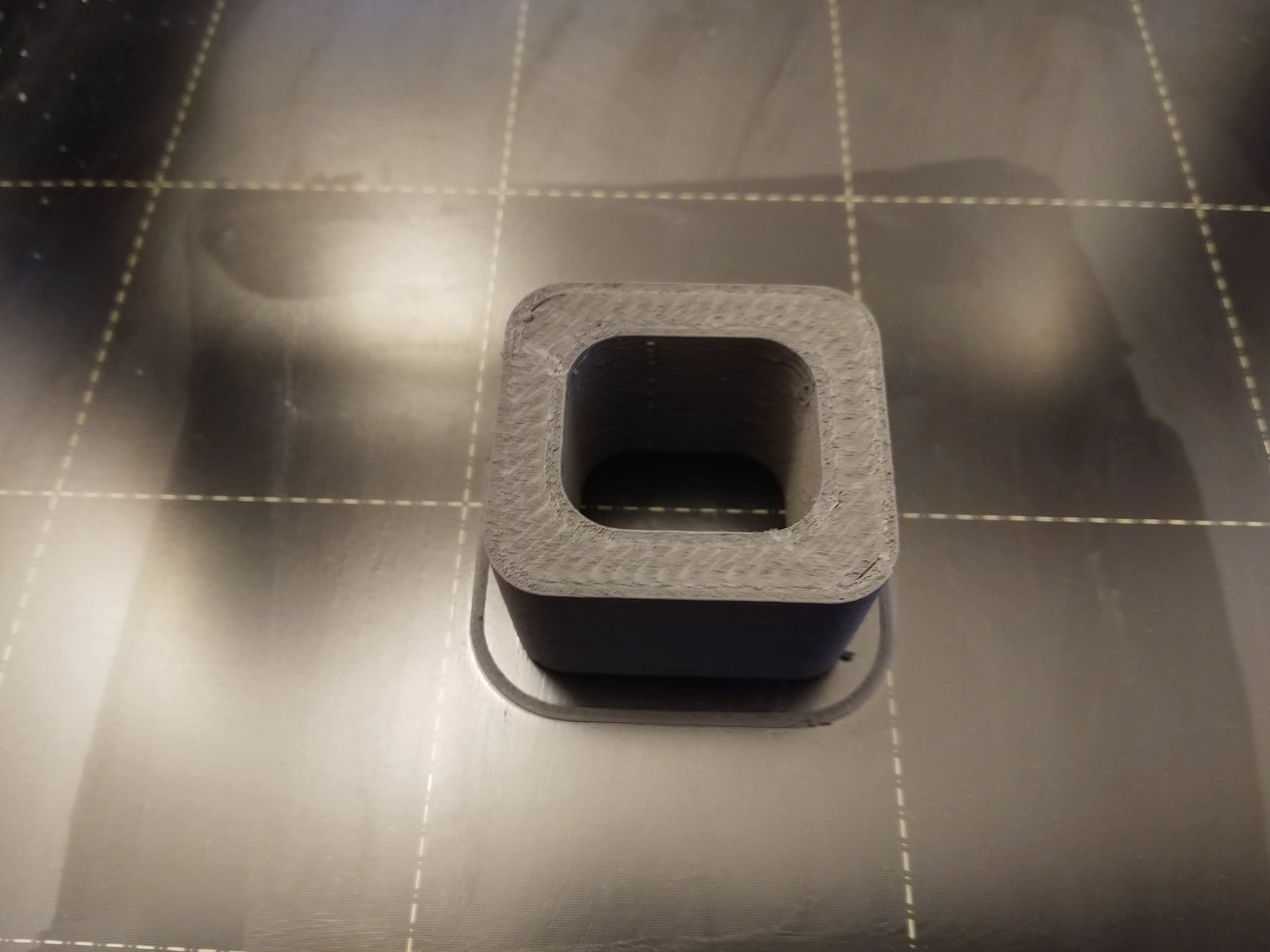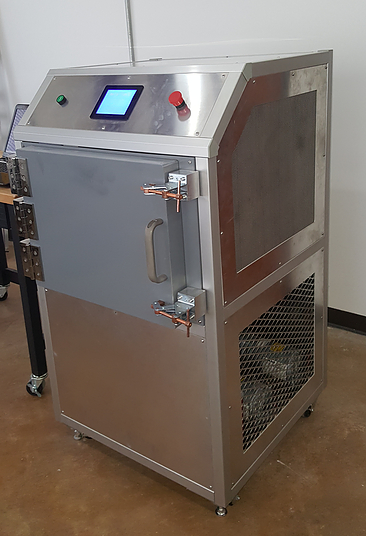Metallum3D, a Charlottesville-based FDM 3D printers and metal filaments manufacturer, has announced a Beta Test Program for its Stainless Steel 316L filament which will support the on-demand metal 3D platform of Metallum3D.
Nelson Zambrana, CEO of Metallum3D, said, “Our 1.75mm Stainless Steel 316L filament material has a metal content of 91.7% by weight or 61.5% by volume while maintaining enough flexibility for a minimum bend diameter of 95 mm (3.75 inches). The combination of high metal loading and filament flexibility was a tough material development challenge that took us over a year to solve.”

Metal for the masses
Founded in 2016, Metallum3D aims to provide “more access to affordable metal 3D printing materials and services.” The company is funded by an early stage investment fund called CIT GAP Funds, a division of Center for Innovative Technology (CIT).
The metal filament of Metallum3D is made of low-cost Metal injection molding grade powders which use polymer as a binding solution. Once the part is formed using an FDM/FFF printer, it is then placed in Metallum3D Microwave Densification Furnace for sintering which yields a solid metal part.
The Metallum3D metal filaments can be 3D printed on any standard FDM/FFF machine provided it has a hardened steel nozzle to resist abrasion and a heated bed. Currently, the size of the metal parts is limited to 10 x 10 x 8 inches (XYZ) which is the volume of Metallum3D’s microwave furnace.
To obtain a solid metal part using Metallum3D technology, customers must buy the metal filament, print 3D part (a green object) and send it to Metallum3D, who will use its microwave sintering technology to remove the debinder and get a metal part.

FDM/FFF-based metal 3D printing
For end-use parts metal 3D printing has shown a lot of potential as creative and complex shapes can be fabricated with 3D printers. However, metal 3D printing remains costly due to the price of the machines, in particular, laser-based machines, and the cost of specialized metal powder.
Companies like Desktop Metal, Markforged, and Rapidia have broken the price barrier by utilizing FDM/FFF technology for metal printing. FDM/FFF metal 3D printers are cheaper and can provide some advantages over powder bed fusion systems.
Furthermore, the biggest chemical manufacturer BASF recently introduced the Ultrafuse 316LX metal filament. This filament can be 3D printed on any standard FDM/FFF 3D printer and the green part can then be debinded and sintered to get a full metal 3D object.
The Virtual Foundry, based in Madison, WI, was an early mover in the field of high metal content filaments. The company’s Filamet products are available in Tungsten, Aluminum, Stainless Steel 316L, bronze and a range of other metals – including custom options.
Metallum3D, with Beta Test in progress for Stainless Steel 316L filament, Metallum3D is also working on developing stainless steel 17-4 PH, H13 tool steel, bronze, and copper filaments.
The Beta Test Program is open until July 31, 2019, and 150 spools (0.5 kg) worth of material is currently being offered at a discounted price.
To learn more about developments in metal 3D printing subscribe to our 3D printing newsletter and join us on Facebook and Twitter.
Visit our 3D Printing Jobs to start a new career.
Featured image shows a spool of Metallum3D filament. Photo via Metallum3D.


